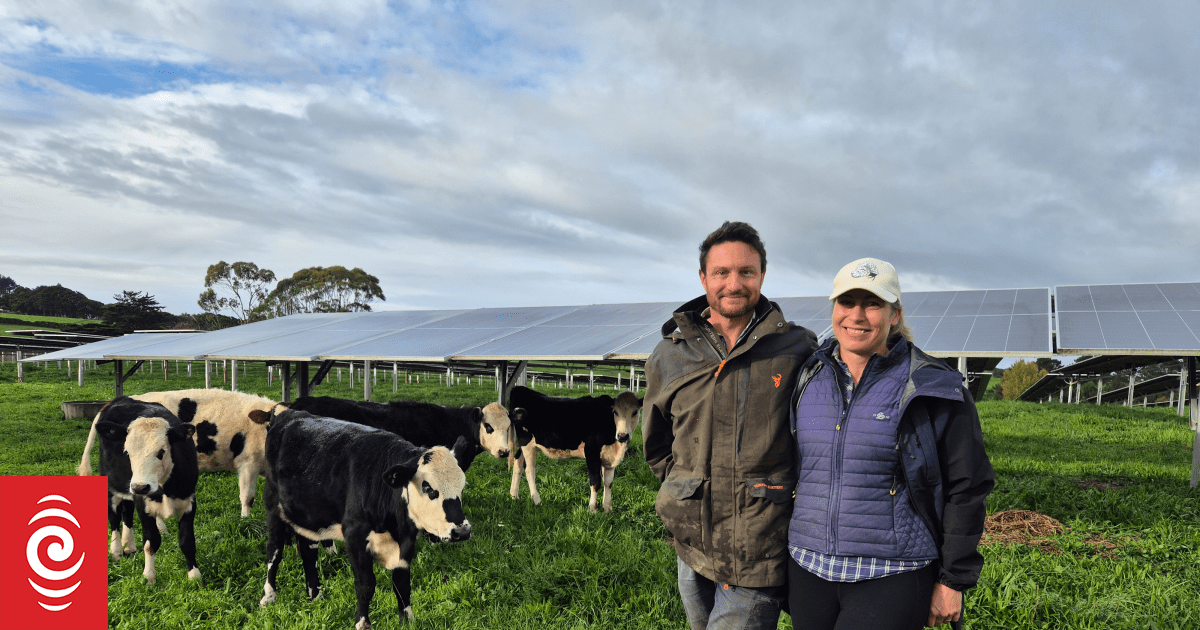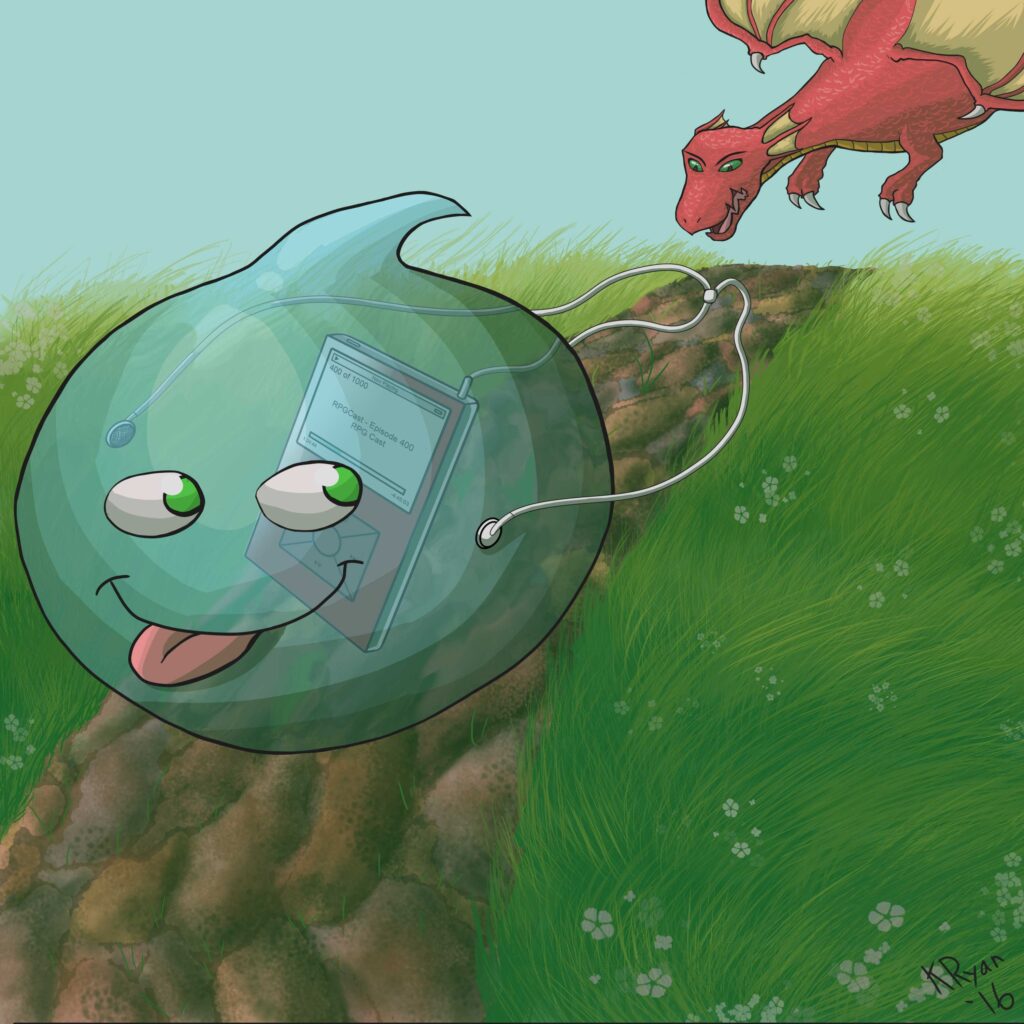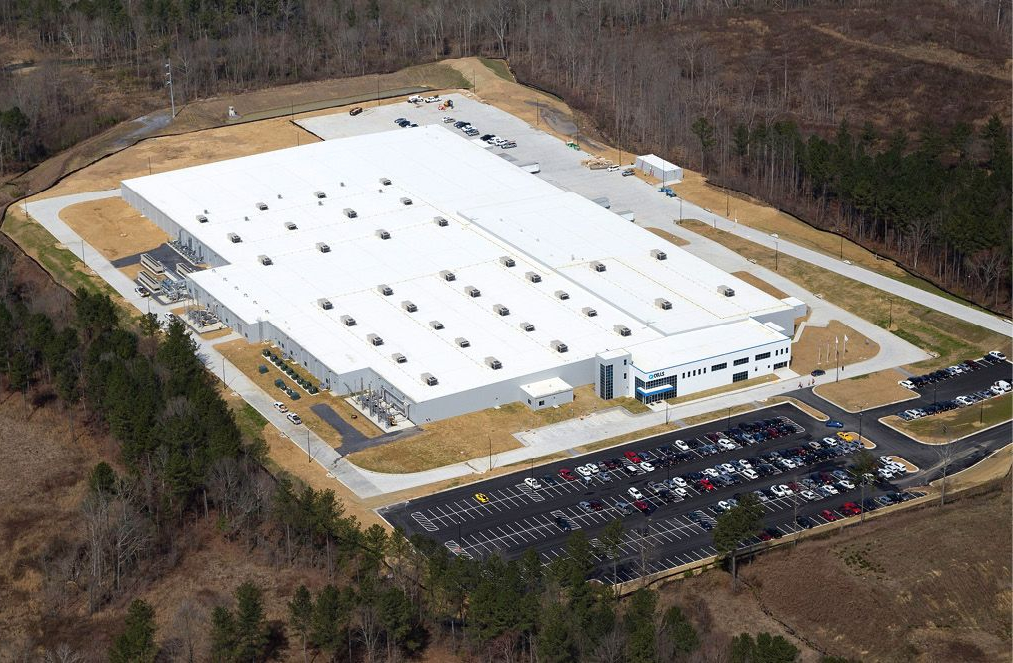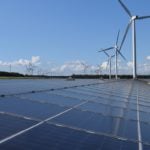Nigel and Merrin Upchurch run Waitangi Farm, about 48-hectares in Waiuku, an hour south of Auckland.
Photo: Gianina Schwanecke / Country Life
On Waitangi Farm near Waiuku, about an hour south of Auckland, pigs and cattle graze below solar panels. It’s part of a growing trend of agrivoltaics, solar systems that run alongside agriculture.
Nigel and Merrin Upchurch returned to her family farm about 10 years ago, after living in Amsterdam where Nigel worked as a motion designer and 3D artist while Merrin completed her doctorate in ecology.
“For me the farm is a classroom for me to continuously learn,” she told Country Life.
Running the 48-hectare property has deepened her appreciation for farmers working to improve soil and water quality, while trying to maintain a profitable business.
Follow Country Life on Apple Podcasts, Spotify, iHeart or wherever you get your podcasts.
A desire to be outside and working with animals was part of the appeal for Nigel and Merrin coming home as well.
“This farm is where I grew up so it was a real coming home for me. When we were living in Europe in Amsterdam, I really missed the animals and being outside.”
The couple started raising pigs as Merrin’s mum Judy had planted a lot of fruit and nut trees. The pigs graze below and hoover up the excess windfall produce.
They have a handful of breeding sows, a boar and young “boar-to-be”, and when Country Life visited, two litters of six piglets each.
“There was huge demand for the Berkshires because they’ve got a great rep,” Nigel explained. “They’re known as the Wagyu of the pork world and they are beautiful meat, nicely marbled, delicious quite frankly.”
Six hungry piglets enjoy their breakfast.
Photo: Gianina Schwanecke / Country Life
Merrin said the domestic pork industry had taken a hammering because it was cheaper to import from overseas, where many countries had less stringent welfare standards.
“There’s nothing better than your own pork,” she said.
“Fattened on chestnuts and free-range like this, it’s a completely different type of meat.”
The pigs are also fed foodscraps from a thrice weekly run to the local supermarket, which help add nutrients back into the soil.
Photo: Gianina Schwanecke / Country Life
The couple also run pigs.
Photo: Gianina Schwanecke / Country Life
The pigs are also fed foodscraps from a thrice weekly run to the local supermarket, which helps add nutrients back into the soil.
Woodchips from fallen and felled trees on the property are added where the pigs roam during the winter months to reduce mud and absorb excess nitrogen.
“With the amount of produce we’re bringing into the pig areas there’s actually quite a bit of nutrient coming into the areas.
“This farm was actually run as an organic property for about 15 years, and so the inputs that have been added to the property in terms of fertiliser have all been natural products,” Merrin said.
From left: Woofers Tommy Falconer and Tilly Millson have been helping the Upchurches with feeding stock and planting native trees.
Photo: Gianina Schwanecke / Country Life
Rotating stock including young mobs of heifers up to 200 kilograms also helps, as the cattle eat down the tougher grass the pigs don’t like to eat.
The couple aim to run the farm with as few external inputs as possible, with hopes to see it eventually become carbon-neutral, if not a carbon sink.
It’s why over 18 months ago they added over 3000 solar panels across 3 hectares of the farm. It’s the first solar farm built and operated by Lightyears Solar.
Lightyears Solar owns the panels and leases the land from the Upchurches. It operates the single-access tracking system which sees the panels follow the sun, Lightyears Solar co-founder and head of development Matt Shanks explained.
“It works better with the livestock.”
The couple run mobs of young heifers, up to about 200kg, under the solar panels across 3-ha on the farm.
Photo: Gianina Schwanecke / Country Life
The farm generates enough energy to power between 600-700 homes near Waiuku – about 2.4 megawatts or 2400 kilowatts. Even on a grey, drizzly winter day, as it was when Country Life paid a visit, the panels still generate about 25 percent of their usual production.
It’s an example of agrivoltaics, the practice of simultaneously using land for solar energy production and agriculture, such as growing crops or grazing stock beneath the panels.
As one of the first large agrivoltaic set-ups in New Zealand, there was a lot of “learning along the way”, Shanks said. Agrivoltaic operations are still at the experimental stage in New Zealand and typically include smaller grazing animals like sheep, so running young cattle has added challenges.
Shanks recalled running experiments with bamboo poles across the paddock to work out the height needed to be able to run cattle below. The answer? About 1.6 metres off the ground, so the heifers are unable to cause mischief by eating the wires.
The dual land use with young cattle grazing beneath has made the farm more profitable.
“Per hectare this is now the most profitable part of the farm,” Nigel says.
Lightyears Solar co-founder and head of development Matt Shanks and farmer Nigel Upchurch.
Photo: Gianina Schwanecke / Country Life
The couple run mobs of young heifers, up to about 200kg, under the solar panels across 3-ha on the farm.
Photo: Gianina Schwanecke / Country Life
It aligns with the couple’s values and has also added environmental benefits.
The solar panels provide shelter for the stock on wet wintry days and during the heat of summer.
“This summer and autumn was really dry and we actually noticed the grass was greener under the panels, so we’re getting less water evaporation,” Merrin noted.
While power generated from the farm currently goes back into the grid, the couple hope they will soon be able to run the farm and their house from the solar panels.
“Something we’re really keen on is reducing the carbon footprint of the property,” Merrin said.
In the meantime, new farms are going up around the country, maximising the amount of limited land for solar farms. Lightyears Solar has developed new ones in Canterbury and Wairarapa, with hopes to continue.
Learn more:
You can learn more about Lightyears Solar, here.
https://www.rnz.co.nz/news/country/568097/country-life-how-an-auckland-farm-increased-profitability





